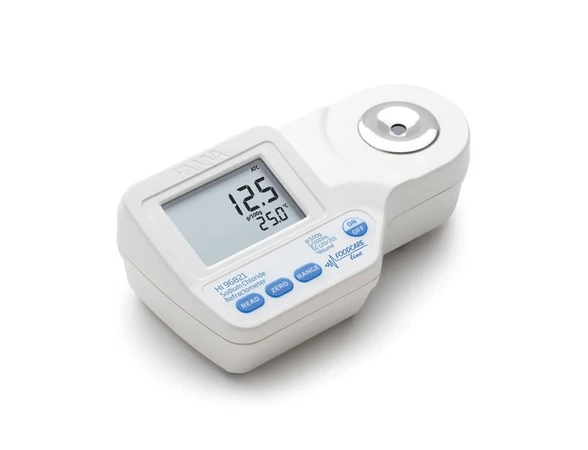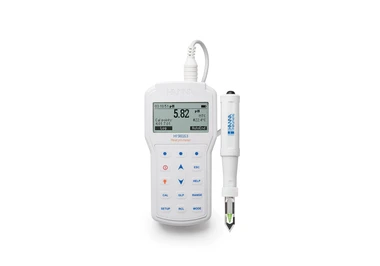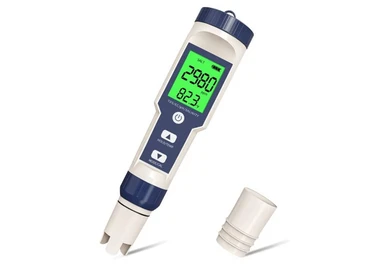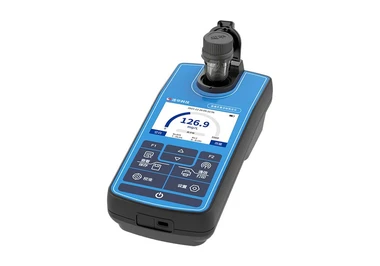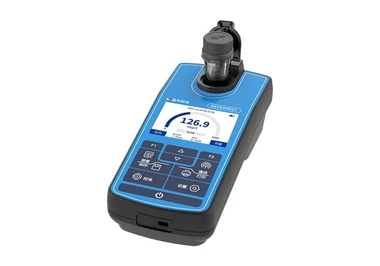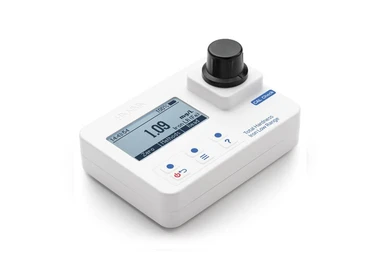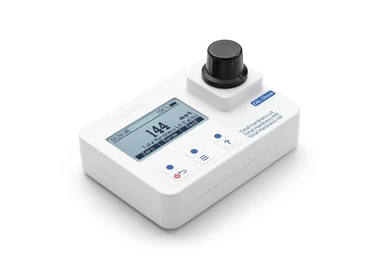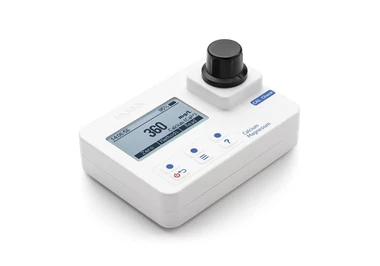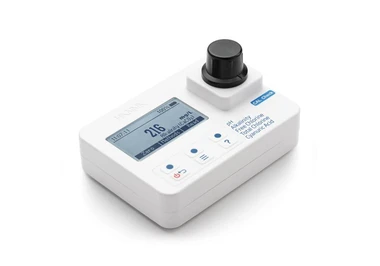What is sodium?
Sodium (Na), a chemical element in the alkali metal group (Group 1) of the periodic table, is a very soft silvery-white metal. Sodium is the most common alkali metal and the sixth most abundant element on Earth, constituting 2.8% of the Earth's crust.
What are the properties of sodium?
It is a soft, reactive, and low-melting metal, with a relative density of 97. at 20 °C (68 °F). From a commercial perspective, sodium is the most important alkali metal. Sodium reacts rapidly with water, as well as with snow and ice, producing sodium hydroxide and hydrogen. When exposed to air, it loses its silvery appearance and takes on a dull gray color due to the formation of a sodium oxide coating. Sodium does not react with nitrogen, even at very high temperatures, but it can react with ammonia to form sodium amide. Sodium and hydrogen react at temperatures above 200 °C (390 °F) to form sodium hydride. Sodium reacts poorly with carbon, but does react with halogens. It also reacts with various metal halides to form sodium metal and chloride. Sodium does not react with paraffinic hydrocarbons, but it does react with naphthalene and other polycyclic aromatic compounds and with aryl alkenes to form addition compounds. Sodium reacts with alcohols in a manner similar to sodium reacts with water, but slower. There are two general reactions with organic halides. One requires the condensation of two organic compounds, which are formed by the removal of a halogen. The second type of reaction involves the replacement of a halogen with sodium, to give an organic sodium compound.
What are the uses of sodium?
- It is used in improving the structure of certain alloys. Soaps, refining molten metals, and in sodium vapor lamps.
- Sodium is a component of sodium chloride, a very important compound in the living environment.
- Sodium is important in the synthesis of organic compounds and in the production of esters.
- Solid sodium carbonate is required in the production of glass.
Sodium ions are ubiquitous in water. Most water sources contain less than 20 mg/L of sodium, but in some countries sodium levels can exceed 250 mg/L. Salt intrusion, mineral deposits, seawater spray, sewage effluent, and salt used in road de-icing can all introduce significant amounts of sodium into water. In addition, water treatment chemicals, such as sodium fluoride, sodium bicarbonate, and sodium hypochlorite, can together create sodium levels of up to 30 mg/L.
*The laboratories of Abrizan Industrial Research Company, located in Fars Science and Technology Park, are capable of measuring a variety of water parameters, including sodium, with experienced staff and the use of advanced devices and equipment.

